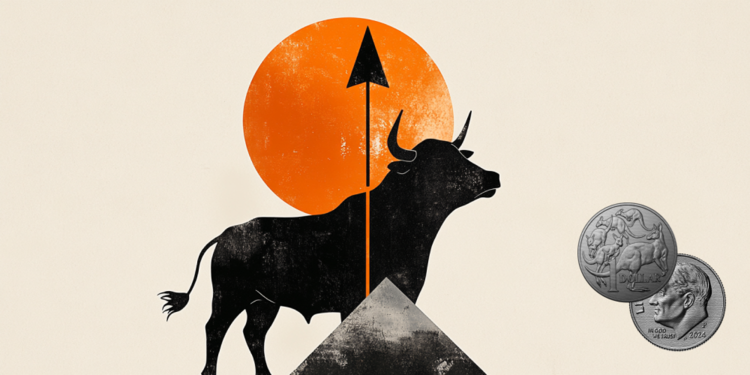He Colombian peso rises slightly against the US dollarkeeping within Monday’s operational range.
He USD/COP established a maximum of the day at 4,301.00, finding vendors that dragged parity to a minimum daily in 4,263.75.
At this time, The USD/COP recedes 0.25% on Tuesdaycurrently operating about 4,270.15.
The Colombian peso advances marginally with the focus on the statements of the members of the Fed
- The International Monetary Fund (FM) cut its global growth forecast for the current year to 2.8% from 3.3%. The IMF showed its concern about the commercial tensions caused by tariff uncertainty.
- Investor’s gaze will be fixed on the statements of Neel Kashkari, Thomas Barkin and Adriana Kugler, members of the Fed.
- In this sense, the Colombian peso lies with profits, while the USD/COP falls 0.25% on Tuesday, spinning two consecutive sessions down, consolidating within the operational range of the previous session.
- Colombia’s economic agenda contemplates the publication of its commercial balance tomorrow, which registered a deficit of 1,278.9 million dollars in January.
US dollar FAQS
The US dollar (USD) is the official currency of the United States of America, and the “de facto” currency of a significant number of other countries where it is in circulation along with local tickets. According to data from 2022, it is the most negotiated currency in the world, with more than 88% of all global currency change operations, which is equivalent to an average of 6.6 billion dollars in daily transactions. After World War II, the USD took over the pound sterling as a world reserve currency.
The most important individual factor that influences the value of the US dollar is monetary policy, which is determined by the Federal Reserve (FED). The Fed has two mandates: to achieve price stability (control inflation) and promote full employment. Its main tool to achieve these two objectives is to adjust interest rates. When prices rise too quickly and inflation exceeds the 2% objective set by the Fed, it rises the types, which favors the price of the dollar. When inflation falls below 2% or the unemployment rate is too high, the Fed can lower interest rates, which weighs on the dollar.
In extreme situations, the Federal Reserve can also print more dollars and promulgate quantitative flexibility (QE). The QE is the process by which the Fed substantially increases the flow of credit in a stuck financial system. It is an unconventional policy measure that is used when the credit has been exhausted because banks do not lend each other (for fear of the default of the counterparts). It is the last resort when it is unlikely that a simple decrease in interest rates will achieve the necessary result. It was the weapon chosen by the Fed to combat the contraction of the credit that occurred during the great financial crisis of 2008. It is that the Fed prints more dollars and uses them to buy bonds of the US government, mainly of financial institutions. Which usually leads to a weakening of the US dollar.
The quantitative hardening (QT) is the reverse process for which the Federal Reserve stops buying bonds from financial institutions and does not reinvote the capital of the wallet values that overcome in new purchases. It is usually positive for the US dollar.
Source: Fx Street
I am Joshua Winder, a senior-level journalist and editor at World Stock Market. I specialize in covering news related to the stock market and economic trends. With more than 8 years of experience in this field, I have become an expert in financial reporting.







